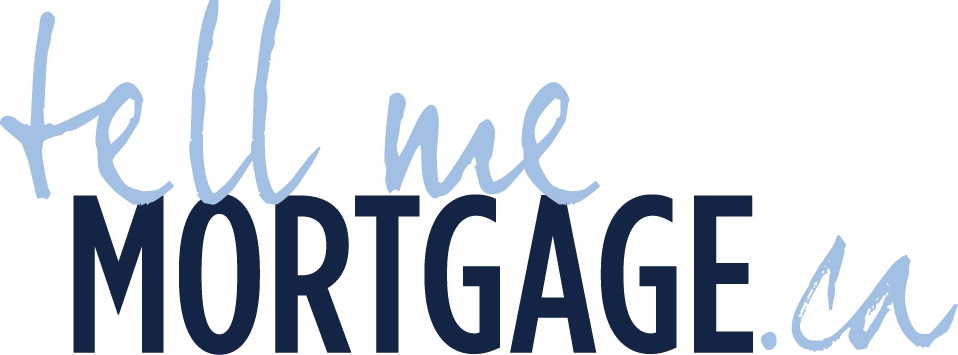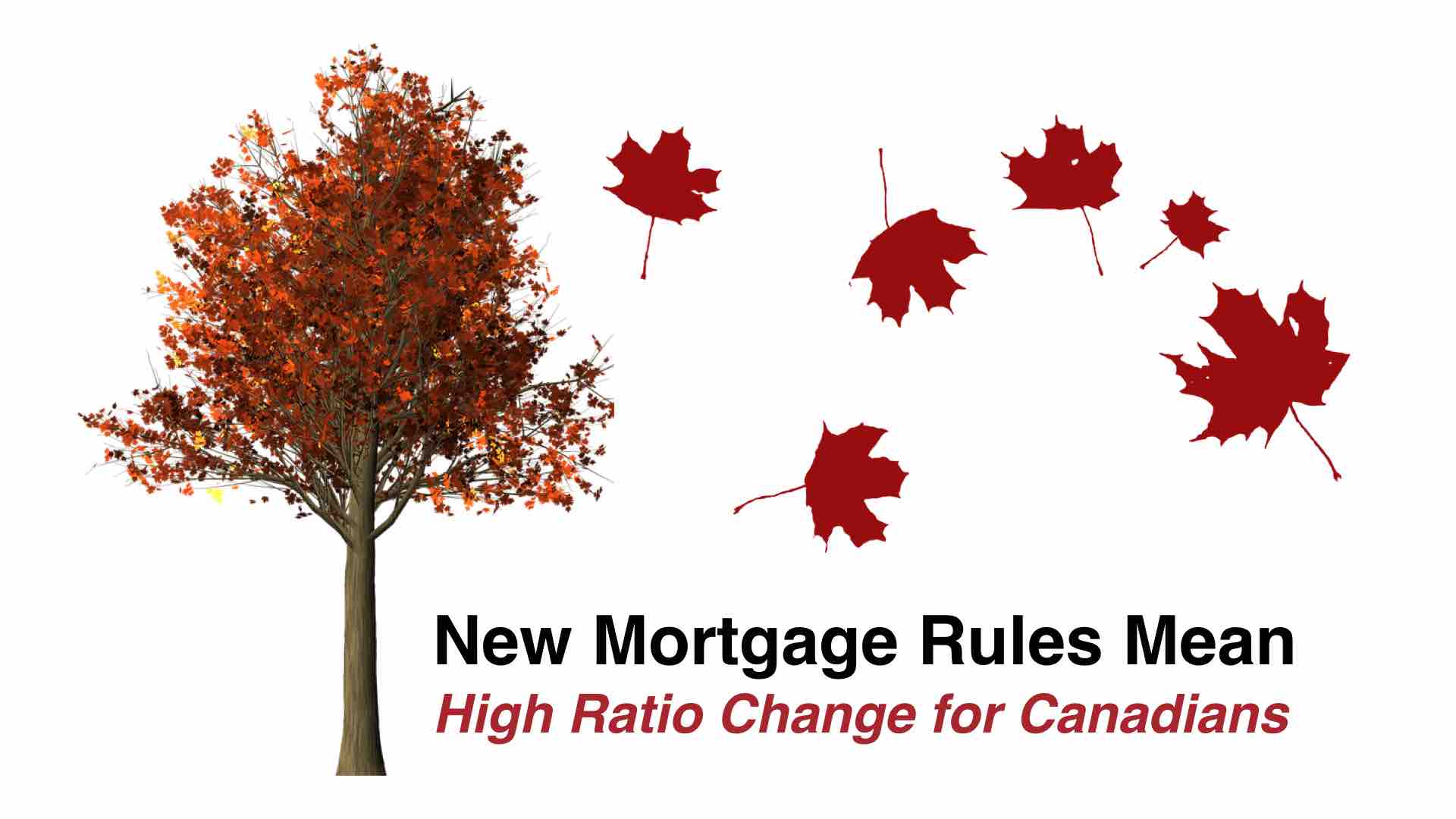Change is in the Air
October 2016 is set to see more change than just the colours and temperature of the fall season; new mortgage rules will change the entire landscape for high ratio borrowers, reducing their buying power by approximately 20%. The tree of homeownership has been shaken, and the remaining leaves are harder to reach for Canada’s first time buyers and lower middle class in particular. Your ray of sunshine? A mortgage broker can help you make sense of it all and get the most home for your dollar.
New Rules for High Ratio Borrowers
Prior to Oct.17, borrowers with less than 20% downpayment could qualify for historically low 5 year fixed rates – ex. 2.39%. After Oct.17, the same borrowers must pass a more strenuous benchmark test, currently 4.64%.
While actual mortgage payments will still be calculated on the discounted rates, the benchmark test significantly reduces the total loan amount available. If prior to Oct.17 a borrower with $50,000 income qualified for a $307,000 loan, the day after would see just $242,000.
How it’s Calculated
Assuming $50,000 pretax income, $2,000 annual property tax, $100 monthly heating cost, and no other debt, the high ratio borrower would be permitted to use up to $1,358/month for mortgage principle and interest payments.
The borrower would first undergo a stress test at the greater of the contract rate or Bank of Canada benchmark rate (4.64%) to determine the maximum loan amount available with those payments – in this case, $242,000. The buyer could shop for a $268,000 home with just 10% down. (less insurance premium).
Actual monthly payments would then be calculated based on the available discounted rate from the lender. The $242,000 loan at 2.39%, 25 year amortization, translates to $1,071 actual monthly payments for the 5 year term.
Why the Rules Changed
According to the Feds, these chilling rules are aimed at cooling Canada’s hot real estate market and protecting buyers from over extending themselves. This, despite Canada’s already rigidly regulated mortgage-backed securities and delinquency rate less than 0.5%. (Bank of America Merrill Lynch, Canadian Mortgage Trends).
The Bottom Line
If you have questions about what these changes mean for you, a mortgage broker can help! The service is free, and with access to numerous lenders and product options I can find a mortgage solution that works for you. Why not give me a call today?
Sharing is caring. If you know someone who could benefit from this article, please share 🙂


